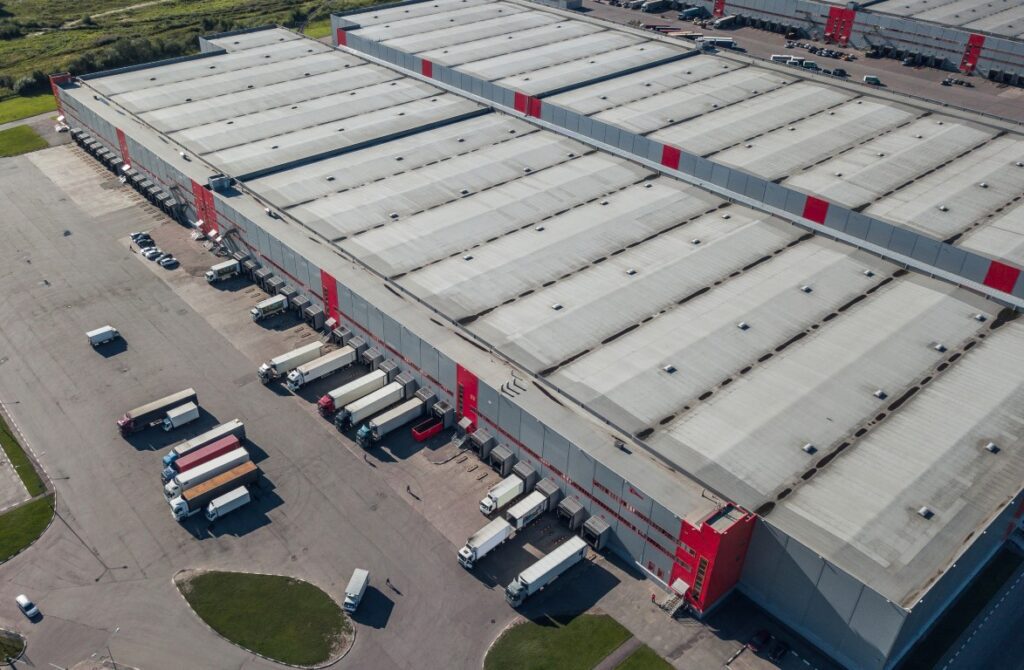Meeting customer expectations and on-time delivery are the most important challenges for logistics managers, according to a recent survey that gathered information from 62 international supply chain logistics
Logistics and supply chain managers concerns about business challenges are constantly growing because of client demands are becoming more and more complex. They want better and faster logistics services, and - probably the most important demand - is that they want customized services.
The study shows that customers are increasingly demanding full transparency to their orders and inventory through the entire life-cycle of raw-material to finish goods to sale to sometimes reverse-logistics.
So, how can logistics management personalize a traditionally standard service? Well, that is probably the top challenge that the industry has been facing in the last years… among others.
We are talking about challenges that can surely redefine the future path of the industry. So, let’s take a closer look at these essential challenges commonly mentioned by companies, consultants, and even academics.
Customization and segmentation
Flexibility is the keyword. According to Inbound Logistics, “That’s because globalization is changing the way companies view and use their supply chains to compete and gain market share. Global companies are managing multiple supply chains, and they’re counting on those operations to not only deliver goods on time, but to tailor and respond to divergent customer and supplier expectations regarding pricing and packages. To do that, supply chain operators need the capability to personalize offerings for multiple customer segments.”
Velocity
Why is it so important to maintain and even increase supply chain velocity? In Logistics Quarterly, David J. Closs explains that “while firms are trying to increase product velocity in the supply chain to lower cost by reducing product storage time and damage, the transit times and border delays characteristic of global logistics constraint product velocity, extended transit times and exposures in-transit increase the product risk for intentional or unintentional damage as well as reducing velocity and ultimate flexibility.”
Internal collaboration
“Logistics service providers face the same challenges that have been on their plate for a number of years now,” Logistic View Points says. This specialized site identifies these current challenges for logistic management:
- Capacity forecasts
- In-network inventory management
- Alignment of manufacturing and logistics
- System integration
- Information sharing
- But the collaborative work between all these areas is the only noteworthy challenge that they really emphasize because it’s the better way to maximize all these different processes to boost final company goals.
Agility
Ensuring supply chain agility has been pointed out by supply chain directors as one of the three most pressing overall challenges that their teams are facing, according to DWF consultants.
“As part of the multichannel revolution, consumers are demanding and being offered an ever wider choice of options on how their products are delivered, presenting supply chain teams with new challenges regarding how to manage outbound logistics,” DWF adds.
“Nobody quite knows how the percentages and fulfillment options are going to be resolved in respect of what customers will want next. So you have to have an agile base for fulfillment in order to give numerous choices to customers.”
Decentralize
We’ve already explained that the global market is getting more complex, and crowded, and everyone is trying strategies to stand out and make a difference. So, what should companies do to achieve differentiation?
According to Logistics Management, “companies can increase their chances for success by putting in place strategies that enable differentiation in crowded markets while providing sound platforms for growth.”
“The most important element of success – this website adds - may be a company’s ability to build an adaptable and responsive ecosystem of processes, people, and technologies. The extraordinary variations among emerging markets suggest the need for country-specific operations, supported by locally developed capabilities and talent. In the end, this will likely require decentralized operations running at critical mass, to deal more effectively with a diverse range of challenges.”
What are the current challenges your local industry is facing nowadays? We invite you to share your experience.

.jpg)
.jpg)
